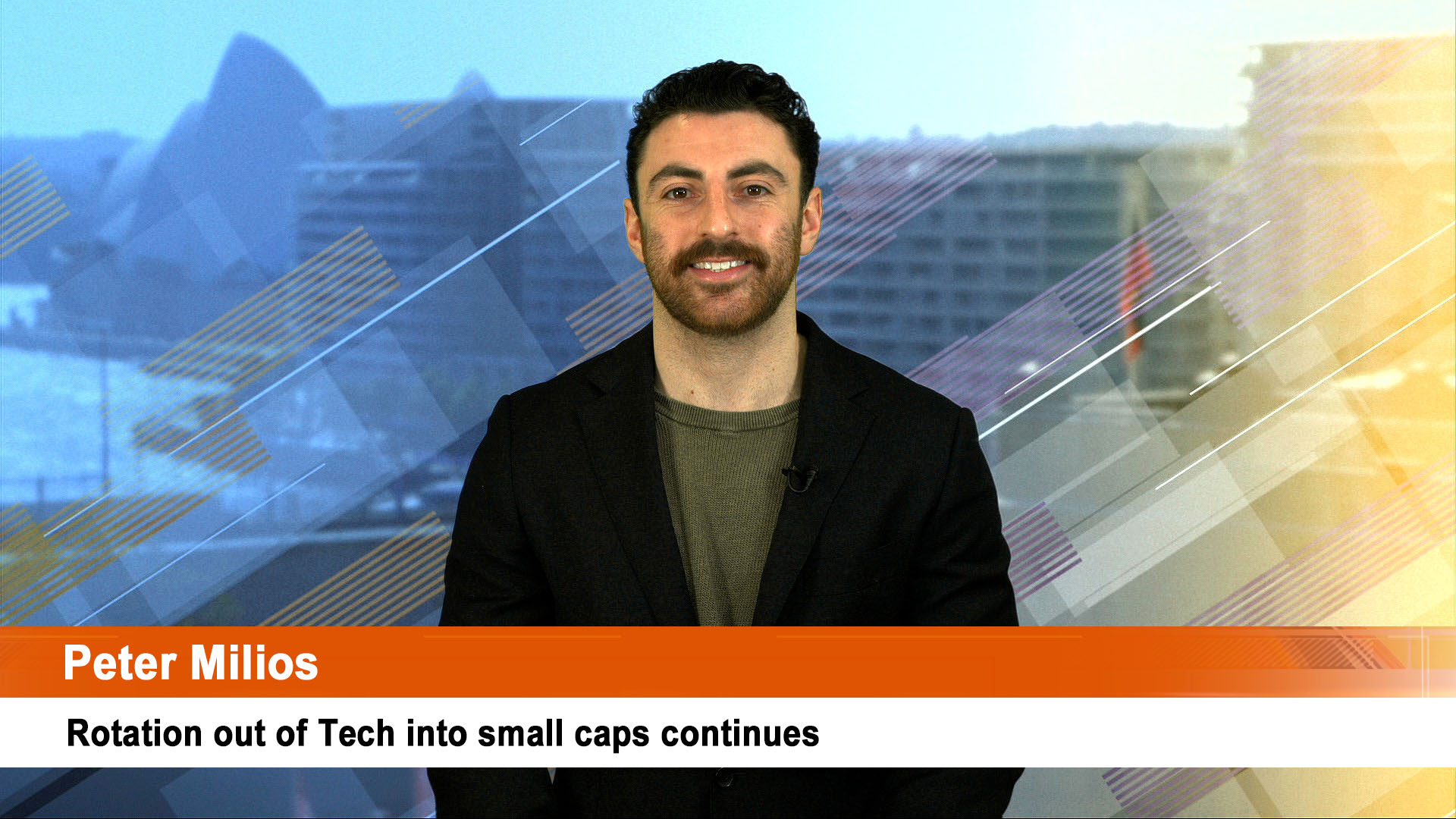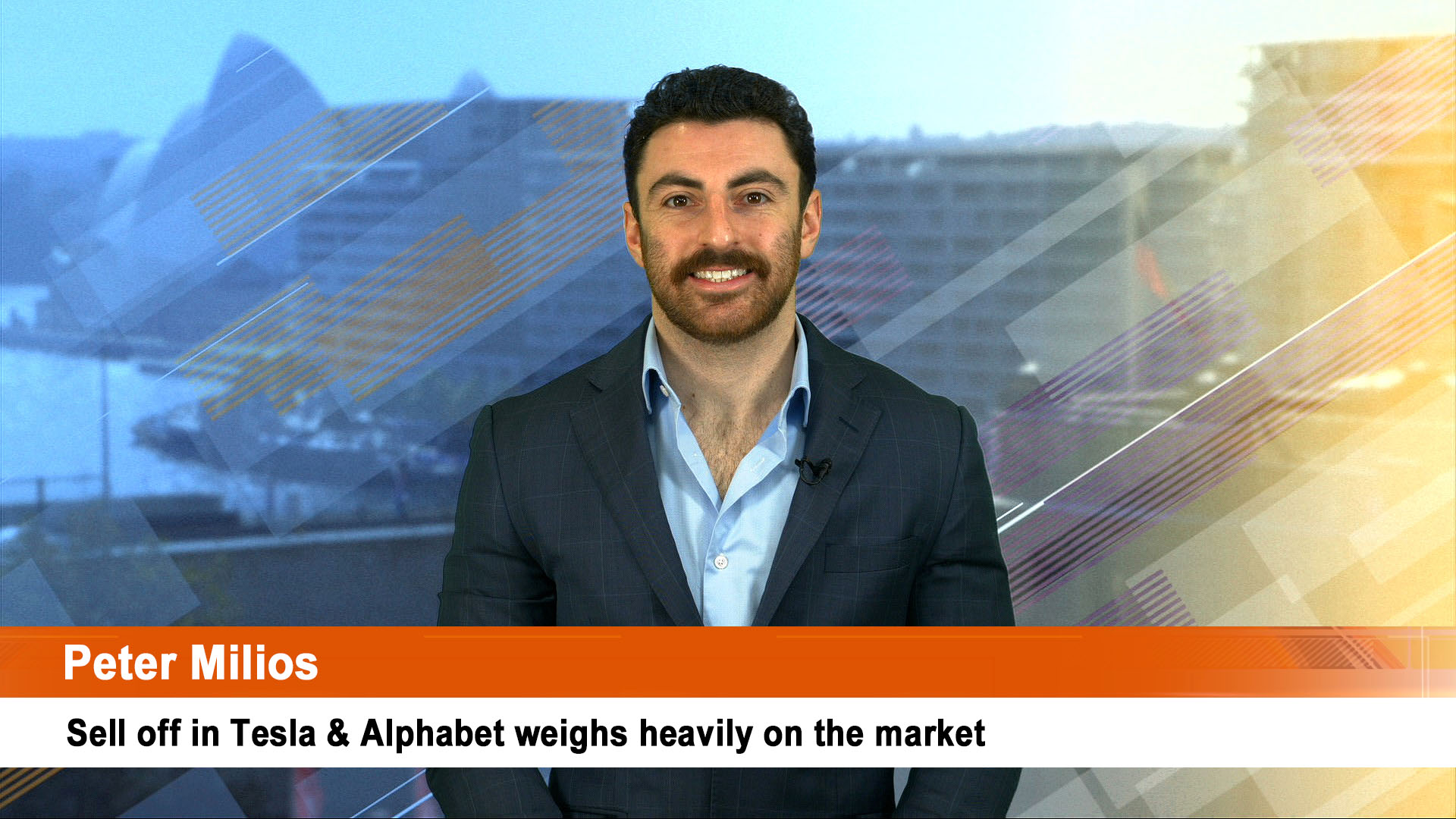So will Nine Entertainment joint its rival Seven West Media in downgrading the health of the TV ad market and the impact on its earnings when it presents tomorrow to the Macquarie Australia investment conference conference?
Nine CEO Mike Sneesby is to follow his Seven counterpart James Warburton in presenting to the Macquarie talkfest which is something of a confessional ahead of the June 30 end to the financial year for many companies.
James Warburton appeared on Tuesday in front of assorted analysts and investors – mostly fund manager types.
He surprised by downgrading his company’s outlook for the $4.2 billion television market for the June 30 year. He said the market fell about 11% in the three months to March, higher than the fall of “mid to high single-digits” guidance given at Seven West’s interim results briefing in mid-February.
“On our expectations, we believe that the market will be down in total television circa 11 per cent for the third quarter of FY2023,” Warburton said. “The market is still being relatively short and trending in a similar fashion.
“We believe we could expect that to continue through the rest of the second half.”
That’s a significant downgrade and suggests widespread spending cuts by advertisers large and small across all areas.
He said Seven had made a further $15 to $20 million in temporary cost cuts – the same size of the cuts promised with the interim result and outlook – to accommodate the lower revenues.
In its February half-year results presentation, Seven forecast operating costs for the year would be $1.22 billion to $1.23 billion. Mr Warburton told analysts and investors on Tuesday that had been cut to between $1.2 billion and $1.21 billion, and the $15 – $20 million “new, additional, temporary cost savings” would mostly come from content.
“The vast majority of our cost is baked into content and the content deals we’ve got,” he said.
“But content is the most important thing we do, and keeping eyeballs on the platform is critical. It’s that balancing act of short- versus long-term gain. If we go through a prolonged downturn, we’ll have to look at [further cuts]. There are levers.”
He did say that BVOD (Broadcast Video on Demand) continues to be a bright spit with viewer numbers rising (according to the popularity of the program – not news or live sport, but dramas and reality programs). Warburton said he expects BVOD to grow in double digits in the year to June, as it did in 2021-22.
Seven reported its best profit performance in 11 years ago for 2021-22 as the economy and major advertisers emerged from the pandemic and lockdowns and live sport return to normal schedules in particular.
The company reported EBITDA of $342 million and net after tax profit of $211 million – on revenue of $1.54 billion. At the December half way, the company reported a 4.8% drop in EBITDA to $205 million and underlying net after tax profit of $123.8 million, down 4.1%.
Just on that performance Seven wouldn’t match the 2021-22 performance and the larger-than-forecast falls in TV market advertising (which has hit newspapers as well like West Australian Newspapers, also owned by Seven) in the June half year means a further slide over the full year.
So it’s no wonder Seven West shares – at 39 cents yesterday (down 1.3%) – are down 42% from this time in 2022, although they have only dipped just under 4% so far in 2023. That performance has been helped by the solid share buyback Seven has been running for months – as at Monday it had bought back nearly 27 million shares out of the 159 million in the 10% (of issued shares) to be reacquired.
…………
Analysts will be watching the Nine presentation to see by how much Seven’s experience in weakening revenues, shows up in its TV and newspapers.
At its February interim results release, Nine was more upbeat than Seven, saying:
“While a more uncertain operating environment has limited second half visibility, Nine continues to outperform the broader market, from both an audience and revenue share perspective. While remaining disciplined around operating costs, we are confident in pursuing strategic and targeted investments that underpin growth of our business for the long term.”
While the Metro Free TV market is currently expected to decline in the mid-teens (%) in Q3 – with the absence of the Federal Election being a key impact – Nine is expecting to grow share with Q3 revenue declining in the high single digits (%). 9Now continues its growth trajectory, with around 20% revenue growth expected in the March quarter (on pcp).
“Across Total Television, Nine expects its sales team will outperform the underlying market and gain share. In Q3, this equates to an advertising revenue decline for Nine in the low-mid single digits (%).
“Nine Radio’s Q3 ad revenues are expected to grow in the mid-single digits (%), supported by a doubling of digital revenues, with an increasing contribution from streaming.
“Stan has benefitted from strong content performance across the board, underpinning growth in subscribers and Stan’s ability to lift pricing, with growth expected in both revenue and EBITDA in FY23.
“Nine’s Publishing business continues to benefit from the growth of digital audiences, with digital subscription revenue growth expected to be around 4% in Q3. A more challenging advertising and cost environment in H2 will result in greater-than-normal EBITDA phasing to the first half.”
Nine shares closed at $2.03, down almost 1% and down 20% over the past year – half the loss for Seven West.













